EXPLAINED: What does the United States GP ‘heat hazard’ declaration mean – and how are drivers affected?
High temperatures are expected at the United States Grand Prix, leading to another ‘heat hazard’ being declared.
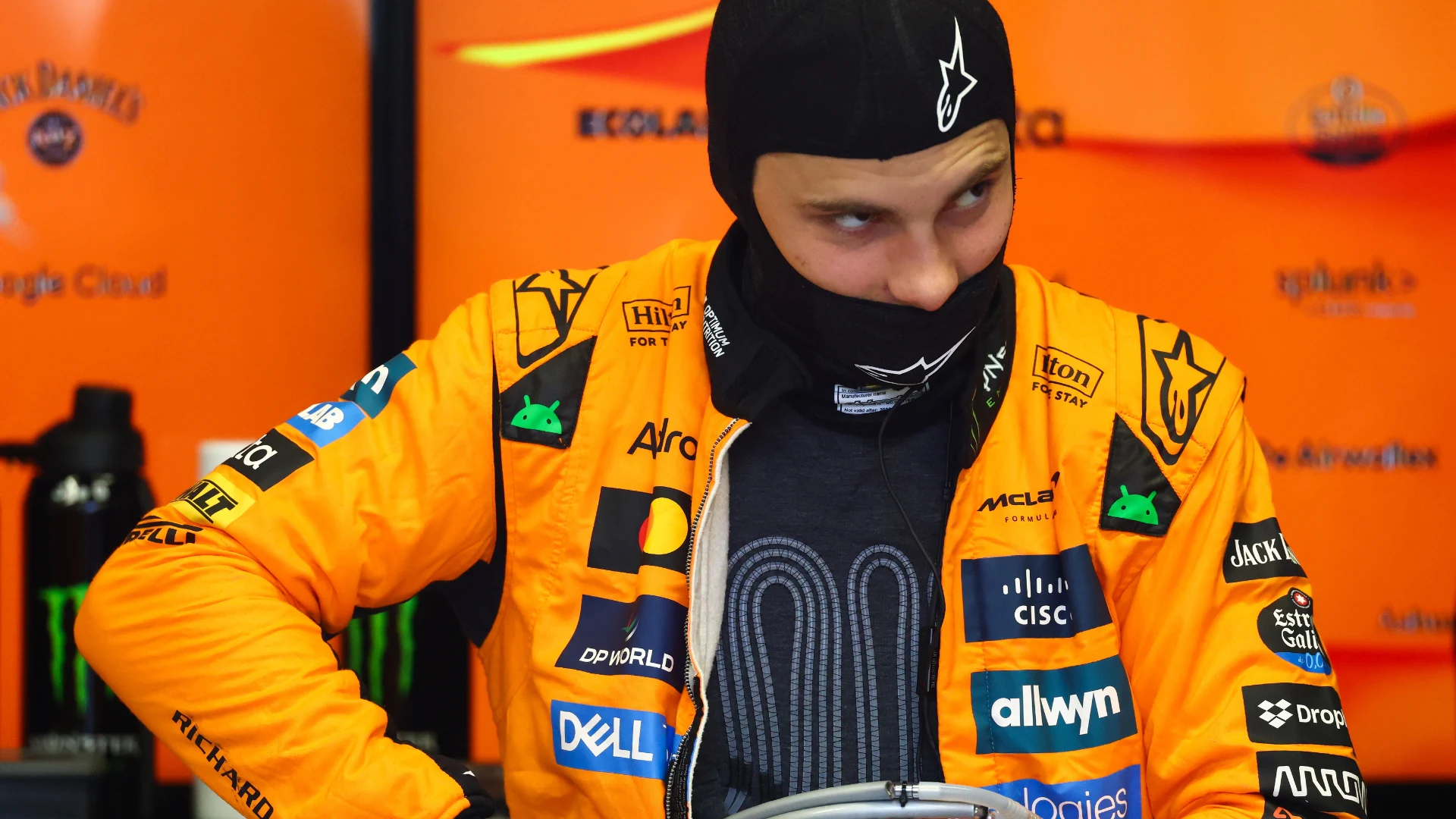
Another ‘heat hazard’ has been declared by Formula 1’s governing body, the FIA, for the United States Grand Prix. But what exactly does it mean for the teams and the drivers at Austin’s Circuit of The Americas? F1.com offers an all-in-one reminder…
What is a ‘heat hazard’ declaration?
For some background, following the particularly high temperatures and humidity experienced over the 2023 Qatar Grand Prix weekend, the FIA began an analysis into how similar situations could be managed in the future.
Ahead of the 2025 season getting under way, it was confirmed that a ‘heat hazard’ can be declared if pre-weekend weather forecasts predict temperatures of 31 Celcius or above at some point during a Sprint or Grand Prix.
Teams are notified of the declaration by the FIA, as they have been in Texas, and subsequently need to fit a ‘Driver Cooling System’.
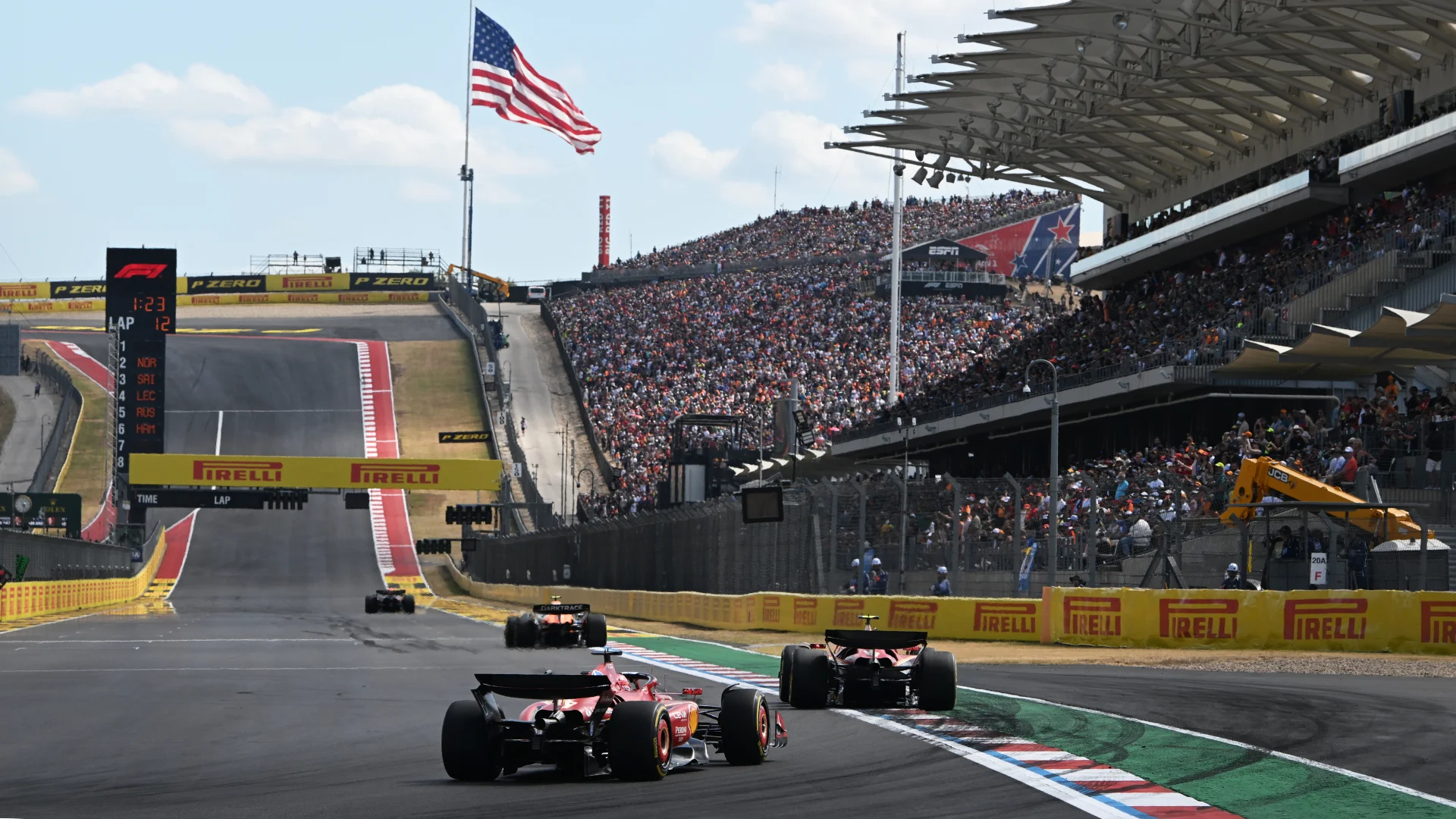
Just how hot will it be in Austin?
Singapore is regarded as one of the toughest races on the calendar, with the demands of driving an F1 car around city streets added to by high temperatures and humidity levels – meaning it was no surprise to see a ‘Heat Hazard’ declared there.
While the paddock has moved halfway around the world to the United States, that ‘Heat Hazard’ label has been applied once again for the weekend ahead, with persistently hot temperatures also being forecast in Austin.
Indeed, all three days of action at the Circuit of The Americas are set to feature air temperatures above 30 Celsius, meaning a sweaty Sprint and Grand Prix for the drivers.
What is the ‘Driver Cooling System’?
In short, this is defined as a system with the “sole purpose” of providing additional cooling for drivers under a ‘Heat Hazard’ scenario.
Several components are involved, including a pump, plumbing and thermal store, with cold fluid generated by the system delivered to the drivers through a special fireproof vest featuring various tubes.
All of the core system components must be fitted to cars this weekend, though drivers are currently permitted to choose whether or not they wear the vest itself as work continues on fine-tuning the design.
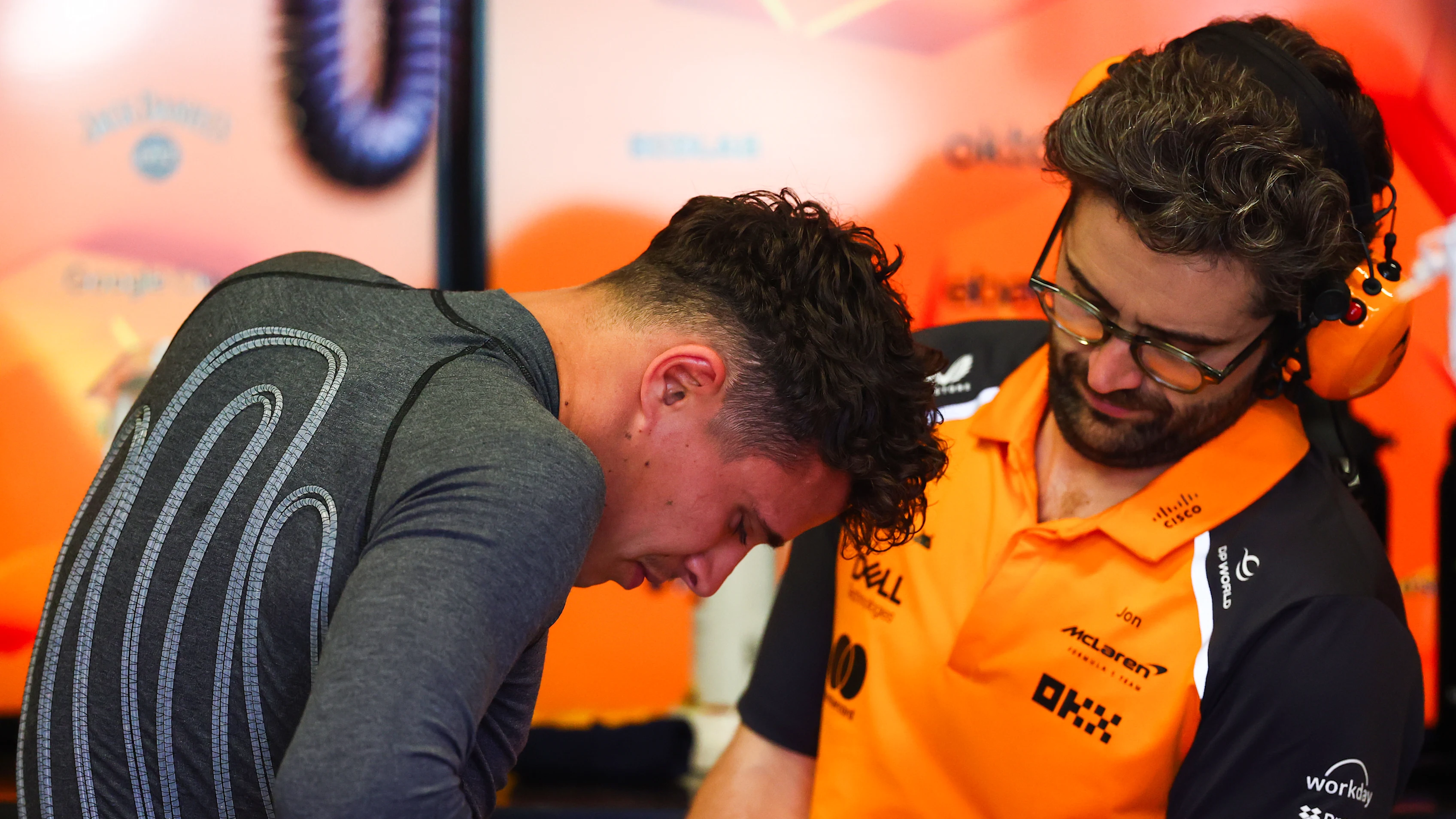
How will it impact the minimum car weight?
Given this extra, mandated equipment, an increase to the standard 800kg minimum car weight limit will come into play, with two different numbers applied: an additional 2kg for practice, Qualifying and Sprint Qualifying sessions, and +5kg for a Sprint or Grand Prix.
The two different limit increases essentially mean that teams can fit the system and its core components without needing to fill it with fluid in Free Practice and Qualifying, given the shorter run nature of these sessions.
“Any driver may elect not to wear any items of personal equipment that form part of the Driver Cooling System,” reads Article 26.19 of the FIA F1 Sporting Regulations. “In such circumstance, all other components, including any cooling medium, of the Driver Cooling System must be fitted.
“In addition, the difference in mass between the driver’s personal equipment normally used and any items of a driver’s personal equipment that form part of the system must be compensated by the fitting of 0.5kg of ballast in the cockpit.”
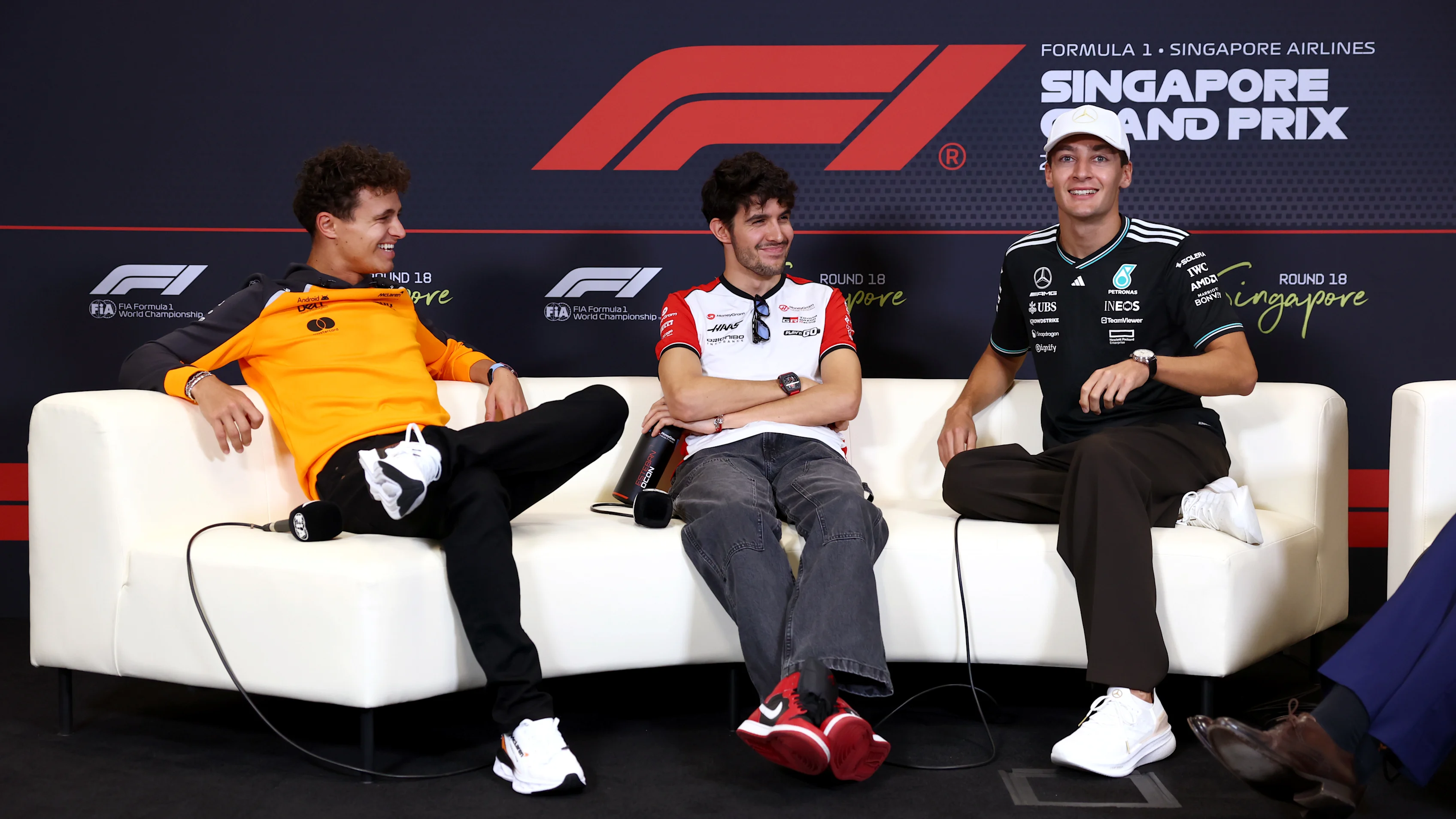
How do the drivers feel about it?
Mercedes’ George Russell, who is also a Director of the Grand Prix Drivers’ Association, had already trialled the system earlier in the season – including at the Bahrain Grand Prix, where air temperatures hit 30 Celsius and track temperatures approached 50 degrees.
“We’ve used the driver cooling vest a few times already this season at hot races, but obviously this is the first time where [the Driver Cooling System] has become mandatory, which is good news,” said Russell last time out in Singapore.
“When you’re racing in 90% humidity and the cockpit [temperatures] are getting on for 60 degrees, it’s a bit of a sauna inside the car, so I think we all welcome it.”
Attention now turns to Friday’s first practice session in the United States, where all 20 drivers will get another opportunity to sample the system.
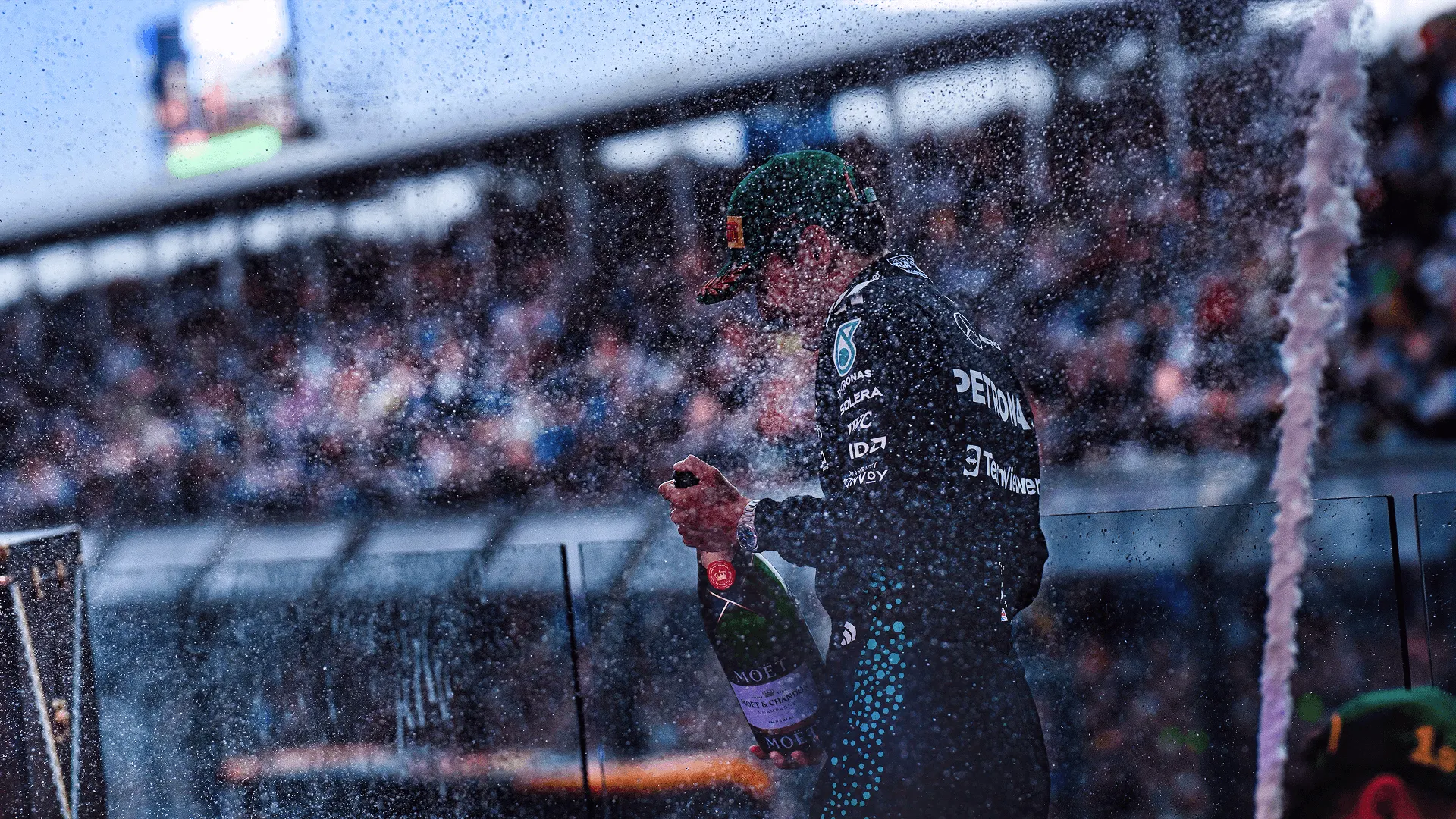
Next Up
Related Articles
 Beyond The GridToto Wolff and Hywel Thomas on Mercedes’ 2026 prospects
Beyond The GridToto Wolff and Hywel Thomas on Mercedes’ 2026 prospects All the drivers taking part in the post-season test
All the drivers taking part in the post-season test Piastri ‘should be proud’ of his season says Brown
Piastri ‘should be proud’ of his season says Brown Wolff calls Abu Dhabi ‘mediocre’ but ‘pleased’ to finish P2
Wolff calls Abu Dhabi ‘mediocre’ but ‘pleased’ to finish P2 F1 AcademyFerrari sign Larsen for 2026 F1 ACADEMY campaign
F1 AcademyFerrari sign Larsen for 2026 F1 ACADEMY campaign TremayneWhy ‘true racer’ Marko will be missed as he leaves Red Bull
TremayneWhy ‘true racer’ Marko will be missed as he leaves Red Bull